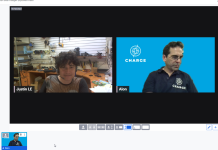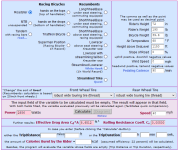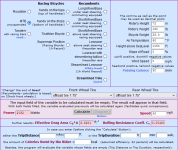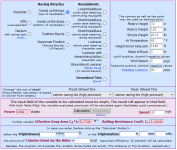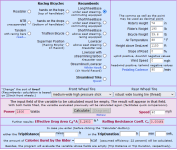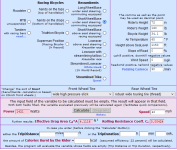If Grin is on it, I would expect there is some benefit, but I don't see it yet. The system still requires the electronics, a trickle from the battery to overcome cogging (usually mentioned as the reason for a freewheel in the motor) uses less power than is regained from the resulting regen, and it's mechanically as or more complicated.
I'll always be a diehard champion of the direct drive motor with all its simplicity. But it seems a larger portion of the potential ebike riders prefer a geared motor because because of the smaller size, better torque density, and freewheeling. This new option has the advantages of a geared motor of (good torque, small size, perfect freewheeling) while ALSO allowing upwards of 95% of stopping energy to go into regenerative braking rather than brake pad wear.
But on top of this, there are three pretty unique traits that no other system has:
1) The regen braking force automatically tracks how hard the rider presses their existing brakes, no extra sensors or control mode needed. You just throw the hub on your bike and brake like you did before the motor was added, and regen just 'happens'.
2) When the batteries are either full or can't take a charge because say they are too cold, the system can automatically steer some or all of the braking energy back into heating the discs rather than to the batteries which can't absorb it. You can squeeze the brakes and get a given amount of braking torque under any scenario, but the control electronics can decide how much of that goes into regen vs how much goes to heat.
3) A large number of the failures we've had with locking the clutch on conventional geared motors is a result of the back and forth alternating torque. This makes it hard to secure the axle and and also gives reliability problems with the link between the planet carrier and shaft. With this new system, the torque on the motor axle is only ever in one direction, and all the regen torque instead gets coupled to the frame via the disc caliper. For something smaller like the SX2 motors just the axle flats alone should be sufficient with no torque arm required.
It IS true though that there is still some amount of brake pad wear due to the slow slip rate, while a traditional regen system can activate regen with zero contact at all. But this should still be like a 10x or even 20x increase in the brake pad longevity. That pad wear hasn't been empirically quantified but it stands to reason that if the disc rotor is spinning 10-20 times slower than normal when you brake, then you are getting 10-20 times less wear on the pads.
Anyways time will see what impact this option will have in the years ahead! My hope is that many of those who were formerly drawn towards mid-drive systems can be brought over to the hub motor camp with a technology like this once it's mature.


